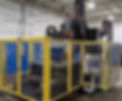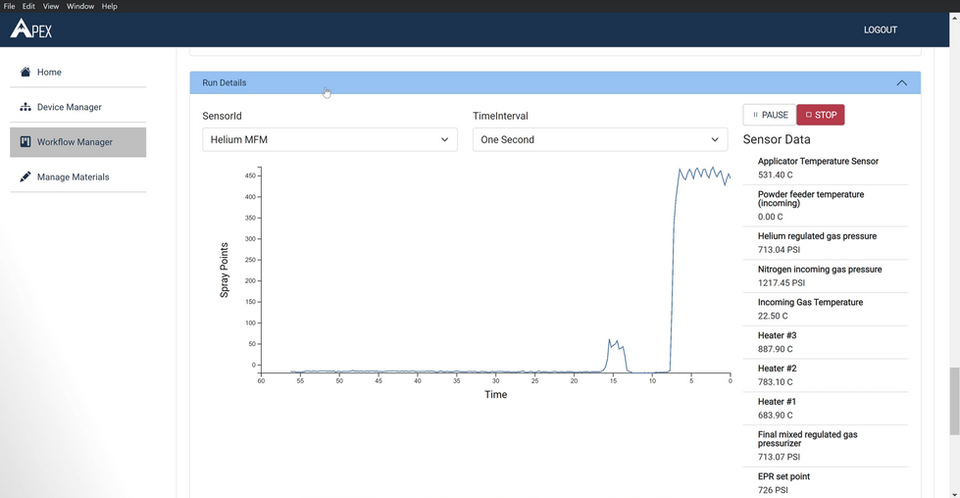
ADDITIVE MANUFACTURING
Feedstock Control, Data Management, and a Transition to Large Volume Production
In the last decade additive manufacturing (AM) has begun the transition from a prototyping and R&D technique to production mainstay. Metal AM has become a leading solution to both supply chain and engineering design challenges as humankind pushes technologies hotter, faster, and stronger. From powder to wire to sheet to bar –based methods, there are a wide range of possibilities for selecting the best solution to meet specific performance needs.

Historical investment in AM has focused on small & precise; large format AM investment has lagged
This variety of process and application is both the opportunity created by additive manufacturing, and the challenge for user adoption. Much of the research for the last two decades has been on powder-based technologies, which are generally used to build highly complex parts. The as-built performance is often lacking and the costs as the process is scaled to larger and larger parts becomes prohibitively expensive.
This leads to the first challenge: how to economically build large parts for high-performance, specialty materials, which are already limited in the domestic supply chain due to a lack of investment into casting and forging shops? A subsequent challenge arises when attempting to optimize materials and processes: How to effectively capture and use manufacturing data to accelerate development, transition, and production?

How do we ensure economical production of low-rate, large-format, high-performance parts?

Can large AM adoption be expedited by a synergistic focus on feedstock and process?
Finally, the third challenge that Solvus has identified in the world of additive manufacturing is that of supply chain readiness for novel manufacturing methods. In particular, powder directed energy deposition (powder DED) techniques, especially cold spray, are highly dependent on the powder characteristics including microstructure, surface chemistry, and powder morphology.






